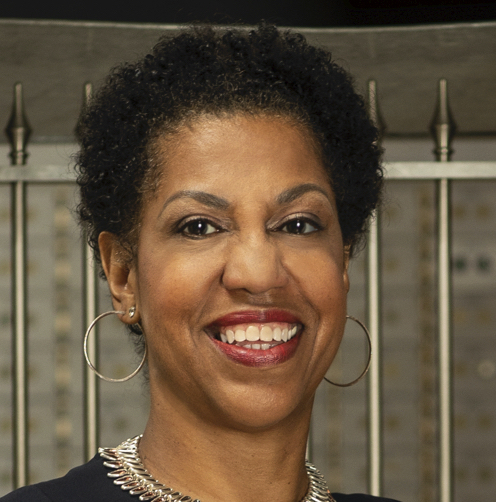By Teri Williams
Contributing Columnist
There’s been a lot of discussion about “shrinkflation” — a rise in the general price level of goods per unit of weight or volume brought about by a reduction in the weight or size of the item being sold — in the news. What is it and why is it important?
Let’s first begin with “what is inflation?” In economic terms, inflation is a general increase in the prices of goods and services, which makes the purchasing value of our money decline. We experienced a significant increase in inflation in 2022, when gas prices hit the roof and the prices of groceries, housing, transportation, etc. also escalated.
The peak rate of inflation was 9.1% in June 2022. We had to spend more for the same amount of goods and services or buy less to stay within our previous budget. Everyone had to adjust to higher prices.
And if higher prices weren’t bad enough, inflation was getting imbedded into our psyche — what’s called “inflation expectations.” We expected prices to continue to rise so we began buying more, even hoarding, because we believed the prices tomorrow would be higher than the prices today.
This rush to buy more — or the increase in the demand for goods and services — can feed into inflation, which can spiral out of control. For this reason, the Federal Reserve began increasing interest rates by historic increments to reduce demand and bring inflation back under control.
The Fed is accomplishing this goal. As of February, the inflation rate has declined from a peak of 9.1% to 3.1%. The Federal Reserve would like to see inflation below 2%.
Now, getting back to shrinkflation. What has been discovered is that measuring inflation has a “weakness.” What if the prices remain the same, but the amount of goods received declines? It may appear that prices are not inflating, when in fact they are.
Examples include the following:
In 2021, General Mills shrunk their family-sized boxes of cereal down from 19.3 ounces to 18.1 ounces. The average price remained $2.99, but the unit cost per ounce increased.
In 2022, Unilever reduced the size of Dove soap bars from 100 grams to 90 grams.
In 2022, Procter & Gamble reduced the number of double-ply sheets per roll of toilet paper from 264 to 244 sheets. This amounts to approximately a roll and a half in an 18-count package.
Reducing the size of goods, while maintaining the same price — or shrinkflation — is not illegal, but it can hoodwink consumers into believing they are getting the same level of goods for the same price. It does not give families the information they need to make informed decisions.
It also may skew the inflation rate so that it appears inflation is under control, when the reality is that on a per weight basis, prices are rising.
Inflation has the highest impact on low to moderate income families who must use a higher percentage of their income to pay for goods and services such as gas, groceries, etc. As a consequence, shrinkflation disproportionally impacts families who are least able to afford increased prices.
In banking, which is a regulated industry, any change to a bank product or service that has a negative impact on consumers must be clearly and fully disclosed. In addition, the change of terms notice must be given at least 30 days before the change takes place to give consumers an opportunity to adjust. A consumer may decide to close their account or change to another product or service.
Consumers need to hold companies accountable for shrinkflation. There should be some indication that shrinkflation is taking place. If properly notified, families may simply choose a less expensive brand or avoid the purchase altogether.
Teri Williams is the president and chief operating officer of One United Bank, the largest Black-owned bank in the United States.
LIFTOUT
Inflation is a general increase in the prices of goods and services, which makes the purchasing value of our money decline.










